Dina Dabbas RifaiArt dealer, curator, gallerist & Co-Founder of Dar Art Fair, Amman

My guest for today is Amman-based art collector and buyer Dina Dabbas Rifai. Of Jordanian and German descent, the proud mother of two previously held different roles namely as Editor in Chief of Living Well magazine, and as a business developer at the Royal Film Commission. Today, Dina dedicates her time to what she truly loves: Art, travel and her loved ones.
Specializing in Arab Contemporary Art, Dina translated her strong belief in Arab artists both established and new, through the creation of Dar Art Fair, which she has established together with her business partner Rania Omeish. The fair takes place once a year in Amman and is considered the largest of its kind in Jordan and perhaps the region.
Dina, you mentioned that your mother is German and your father is Jordanian, but that despite your looks you feel more Jordanian?
yes, I feel more Jordanian. I’m proud of course to be half German, but I guess my characteristics are more let’s say Mediterranean. I would rather refer to myself as somebody who has knowledge in art. I don’t have an academic background. I’ve done several courses like Sotheby’s Courses in introduction to Contemporary Art and things like that, but I would rather be referred to as somebody who has a good eye for art.
But I also feel like when it comes to art, it has also a lot to do with with a feeling. When you’re drawn into a piece more than another and you cannot logically explain it.
Yes, definitely. It’s a feeling, it’s a culture. It’s something that you are surrounded with. My mom is an artist, so I grew up around art. Growing up I was visiting museums, exhibitions and art galleries in Europe on our trips. So I grew up surrounded by art, and having an artist mother, and having art books and having colors and materials and canvases at home. That’s how the interest was born. And when I was editor-in-chief of Living Well Magazine, my favorite part of the work was looking at the cultural scene in Amman, and I was drawn to all the local artists. A feeling was born. Part of why I’m here is to support these local artists and bring their art to light. The idea of Dar Art came from my partner Ranya. She came to me and said that it’s high time we had an art fair in Amman because we have everything else: from Design week to festivals, dance festivals, music festivals but nothing dedicated to art. So, Rania and I sat together, and we decided to have an art fair that is dedicated to artists from the Arab world only. Because regionally there are so many art fairs. Whether in Beirut, Dubai, Abu Dhabi, Qatar that are international art fairs. But there is nothing dedicated to only artists from the Middle East and we have so much talent in the Middle East, and this is what we wanted to show.

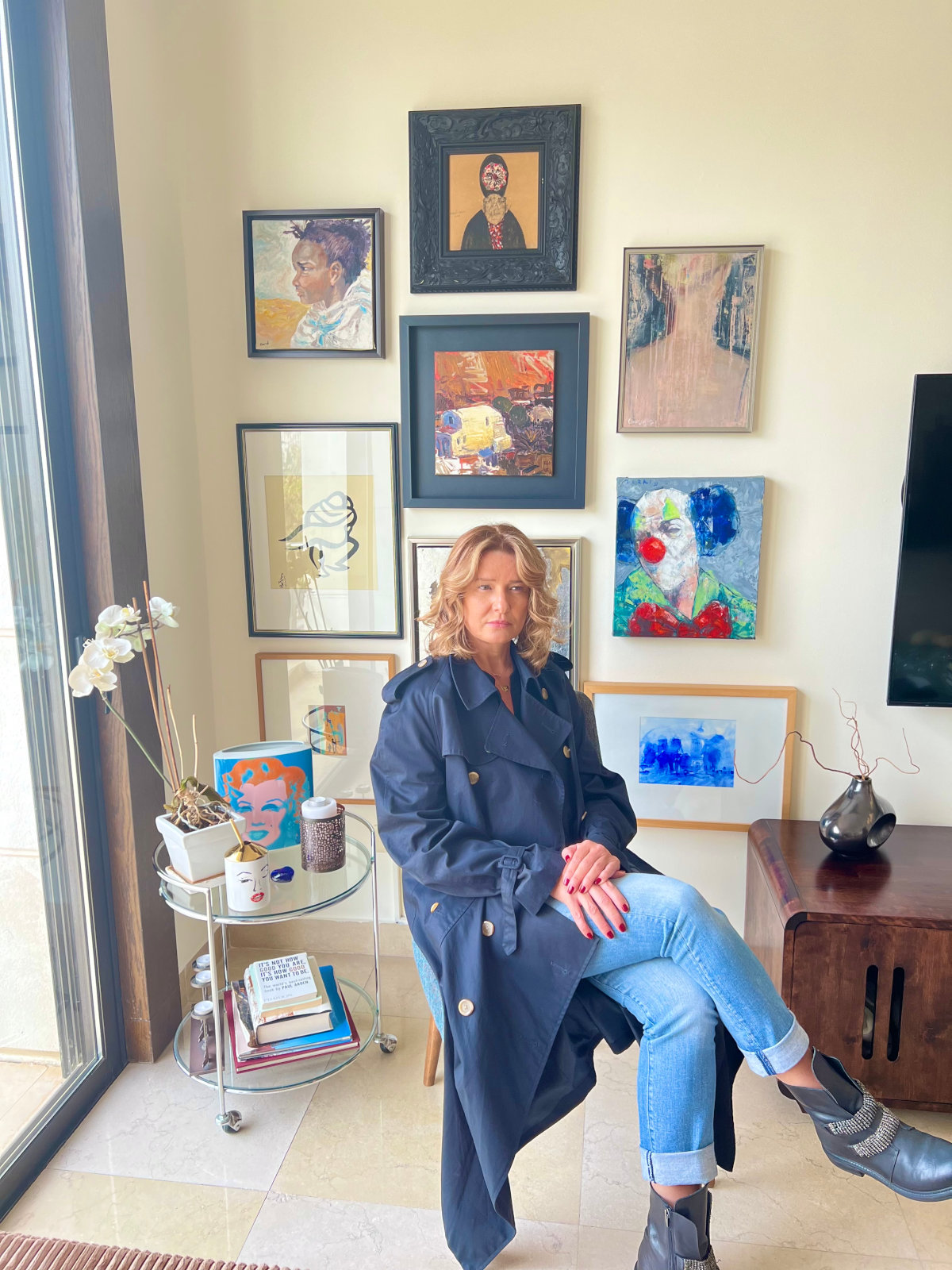
Do you also feel like there’s there’s a lack of support for artistic talent?
Very much so, especially locally. There's little support, financial support, governmental support in the region, except for the Gulf where there is more support. But we have such a plethora of talent and art from a very very long time ago. I mean, Iraqi artists have been known for decades and decades. And the entire region, I mean, from North Africa to the Gulf, to our region, to the Levant. There's a lot of talent and we want to showcase that. We want to show that to the world.
Bringing all of this All of these works together from all of these different artists. It reinforces the idea that we have so much talent in the region as well. Did you feel that after the first Dar Art Fair generated the interest expected?
I think I can safely say it exceeded our expectations. It was very successful. We managed to showcase the artworks of around 160 artists. between the galleries and the independent artists. We used the format at that art fair of galleries and independent artists, which is also something we decided on from the beginning. And it’s a format that we want to keep on using. We showcased a lot of emerging artists as well as established, renowned. I think it really exceeded our expectations in the large number of people that came, the surprise of the people that came to see how much hidden talent we really have. We did very well.
And apart from working on organizing the year fair, you’re also an art buyer. Is there an interest in Arab artists outside the region? Is there international awareness?
Internationally, I would say not very much. I mean, even within the Arab countries first of all, Jordan is almost lost on that map and even internationally I don’t think there is enough awareness. There are, of course, a few names who have made it very big internationally, the Iraqi artists such as Dhia Al Azzawi or a lot of the famous Lebanese or Palestinian well-known artists such as Samya Halabi and many others who were taken on by Christie‘s and Sotheby‘s and have been sold at record prices. But compared to the number of artists we have and to the number of Arab countries that is still very, very little. It remains a fraction of, of the capacity that we have.
What do you love the most about what you do?
I just love being around art and artists.
do you have any personal favorites?
I have a few, but I won’t mention them because I love them all. But just being around these creative people, being in that world with these young, emerging artists buzzing with energy and creativity, it’s just a beautiful world that I enjoy being in. That ‘s why a few years back I started an art travel blog ‘The Artinerary’. And it’s just fun being surrounded by beautiful art and expressive art and political art.
And what do you think characterizes an Arab artist in comparison to an artist from Africa, from Europe, from canada, I mean, is it too simplistic to say there is something that they all have in common that you can see through all of their works?
No, I think this is the mistake that international people think that you can put all arab artists in one basket .They think it’s probably horses and tents and deserts and camels and, you know, the orientalists did a great job at portraying and oversimplifying. Oversimplifying first of all the region and, and the diversity in the region and the art as well. So I think what we’re trying to show especially through contemporary art, is that there is no way you can tell that that this is an Arab artist. He can be in the same room with a French, Italian, American, south American artist, and I mean, you won’t be able to tell. However, there is probably when it comes to certain or a good number of artists, a sense of political injustice that you see in the art. The suffering in their art is a reflection of their realities that you can see. But that is not country specific. Look at art in in central America at a certain period it was the same thing. Or native American art or African art from certain countries that have been through wars and conflict there’s that message everywhere. And I think the stronger the struggle and the stronger the oppression the stronger the artwork is in my opinion.
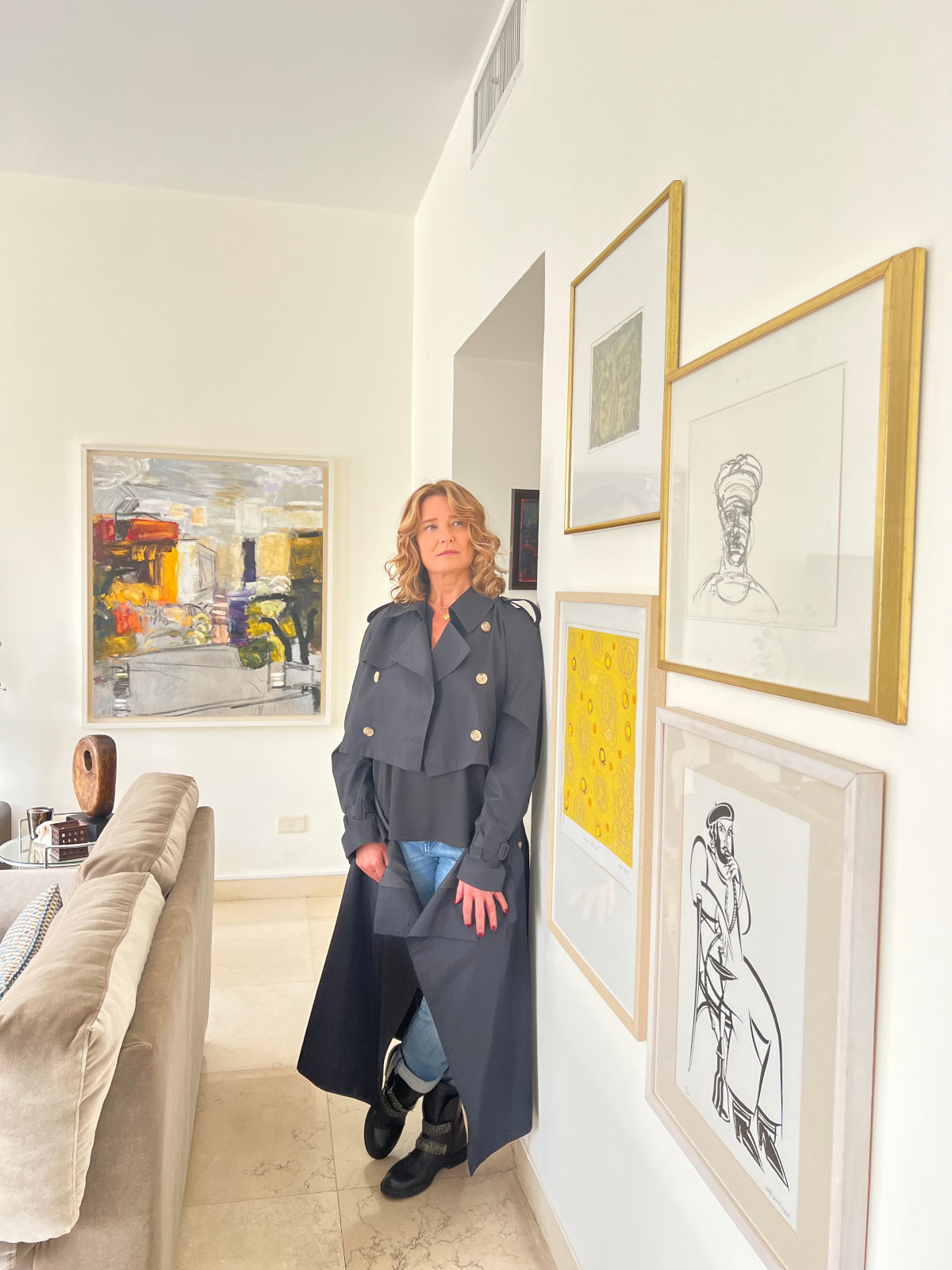
![]() People think that you can put all Arab artists in one basket. They think it’s probably horses and tents and deserts and camels..The orientalists did a great job at oversimplifying the region and the diversity in the region and the art as well
People think that you can put all Arab artists in one basket. They think it’s probably horses and tents and deserts and camels..The orientalists did a great job at oversimplifying the region and the diversity in the region and the art as well ![]()
Who is Dina ?
That’s a good question. I think I am an amalgamation of many things of contrasting cultures, I have the diversity and open-mindedness of someone who is accepting of different views, backgrounds, ethnicities, cultures. I’m a very proud mother of two beautiful children, married to my best friend. And generally somebody who loves life.
Dina, growing up, who were, or who was your role model?
I don’t remember having one specific role model because I had so many diverse interests. You’re into sports at one point, and then you’re into the movies in Hollywood, glitz and glamor, and then you’re into fashion and then you’re into writing and reading and poetry. I’ve gone through so many phases that I can’t remember having one role model. My human design is very much against habit or being stuck in one place, or one job, or one interest or one direction. That’s not me. So, there’s never been that one person who has it all that I thought, oh, wow they have it all. The only person whom I have always found interesting and would hypothetically want to meet or go into their brain is Leonardo da Vinci. For me he’s one of the most interesting people, because he’s so much more than what people know of him. So much more than the artist who did the paintings and the murals. He’s also a mathematician, a physician he was a genius. He was just somebody who devoured life that leaves other people thinking, wow.
Dina, what are the principles or values that you truly live by and that you hope to instill in your own children?
The first thing that would come naturally to my mind is, for me, the number one principle in life is love. You know, loving yourself, loving those around you. Loving humanity, loving nature, loving your surrounding, loving people., it’s a foundation for everything. Yes. So it’s basically love, kindness, non-judgment. I think non-judgment is the trait that I would hope to have instilled a bit of in my children.
Are you today the woman that you wanted to become?
I’m very happy and content with the woman I have become. But again, like I said, since I never did have a role model, I think I find this difficult to answer because I’m really somebody who lives in the moment. I’m all about the now, doing something now and achieving something now, and being happy now and working hard to get what I want now. I’m not somebody who puts goals and goes after them. I’m not somebody who wanted to be a certain profession or to reach a certain goal or to become this top-notch career woman. No, I go with the flow and things have always come my way. For some reason I don’t believe in coincidences, everything happens for a reason. So everything just came my way and I went with the flow and it’s led me to where I am today. And I am very happy , content and proud of where I am today.
So what are Dina’s dreams for the future?
I dream for both my children to be happy and content as well in whatever they decide to do in their lives. I dream to visit even more countries and discover more cultures and more places and more adventures, and I really hope that Dar Art Fair grows to be an established Fair that really achieves the goal of promoting and helping and showcasing as many Arab artists as possible. I just hope to always feel the way I feel today, that contentment and happiness.
If you met your younger self today what would you tell her?
I would tell her to look at the bigger picture, to not sweat the small things, to accept the fact that really, it is what it is. And whatever is meant to happen will happen. And to just let things. Flow and just go with whatever life brings your way. I mean, the older I get, the more I realize if you you bring more love into your life and more openness and more acceptance, good things will happen. My best advice is read a book called The Surrender Exp eriment by Michael Singer. It’s a very good book.
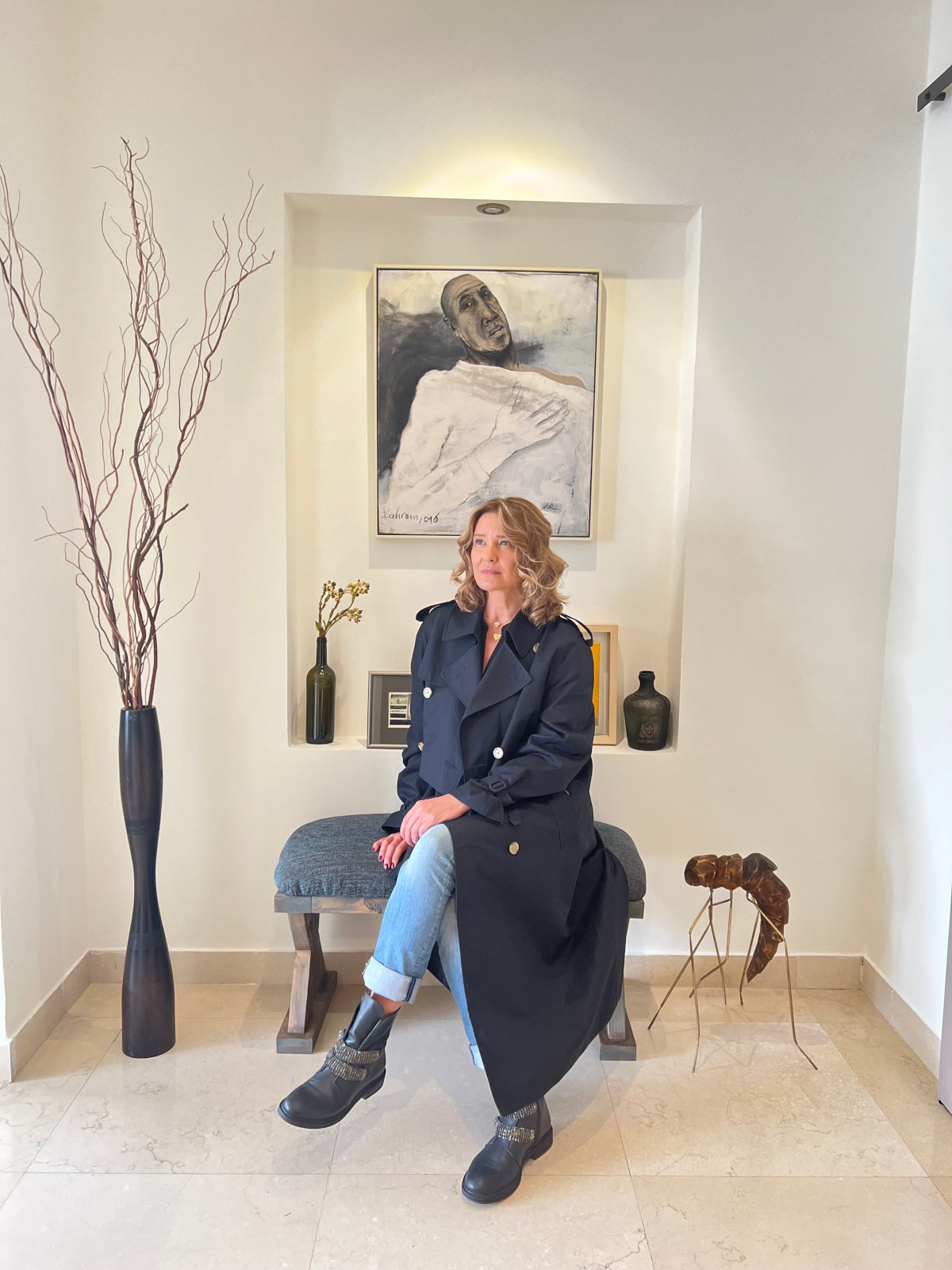

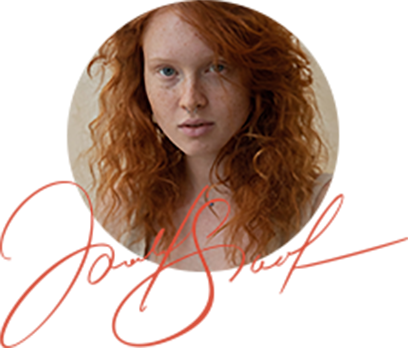
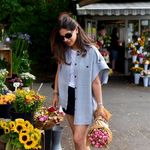

Leave A Comment